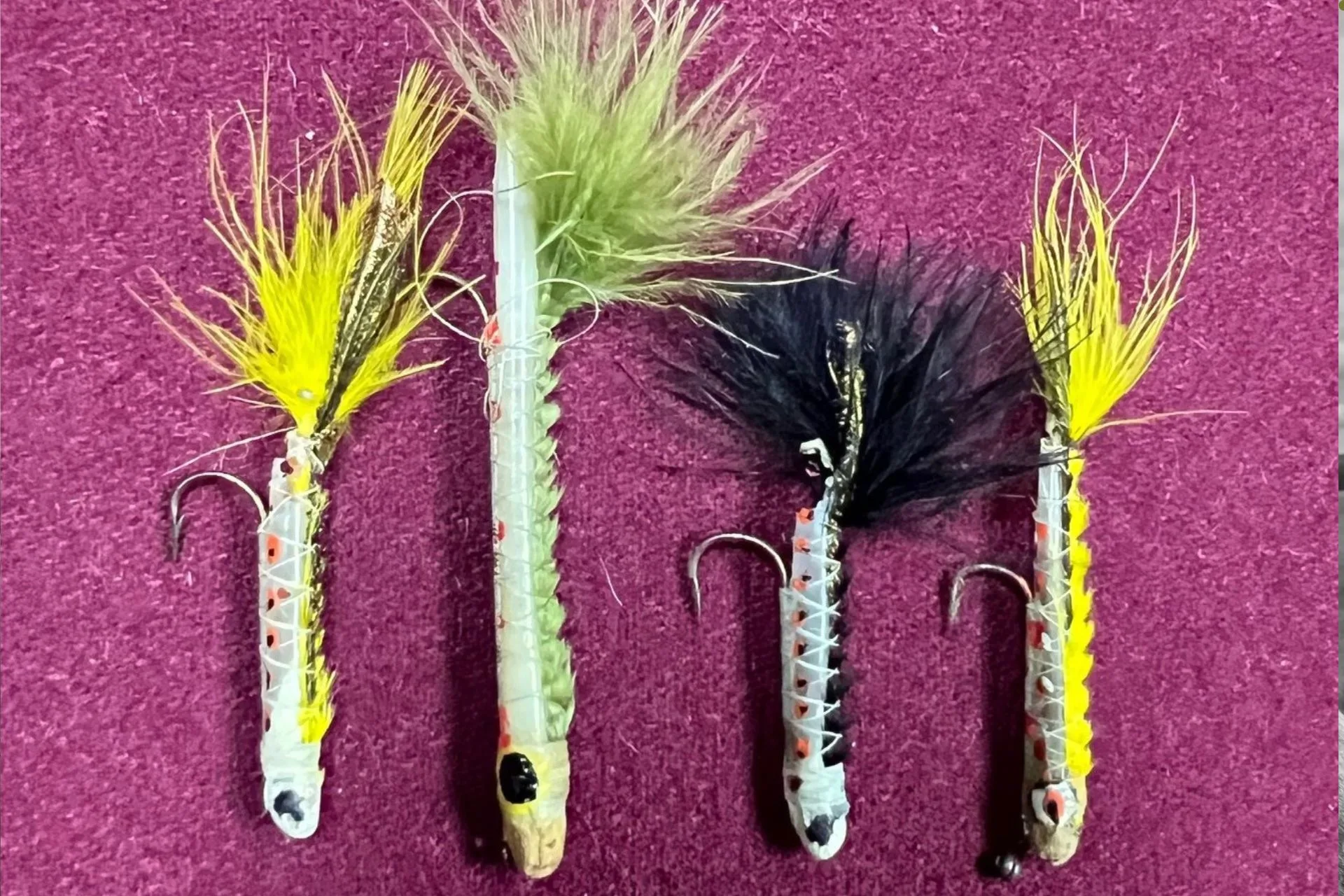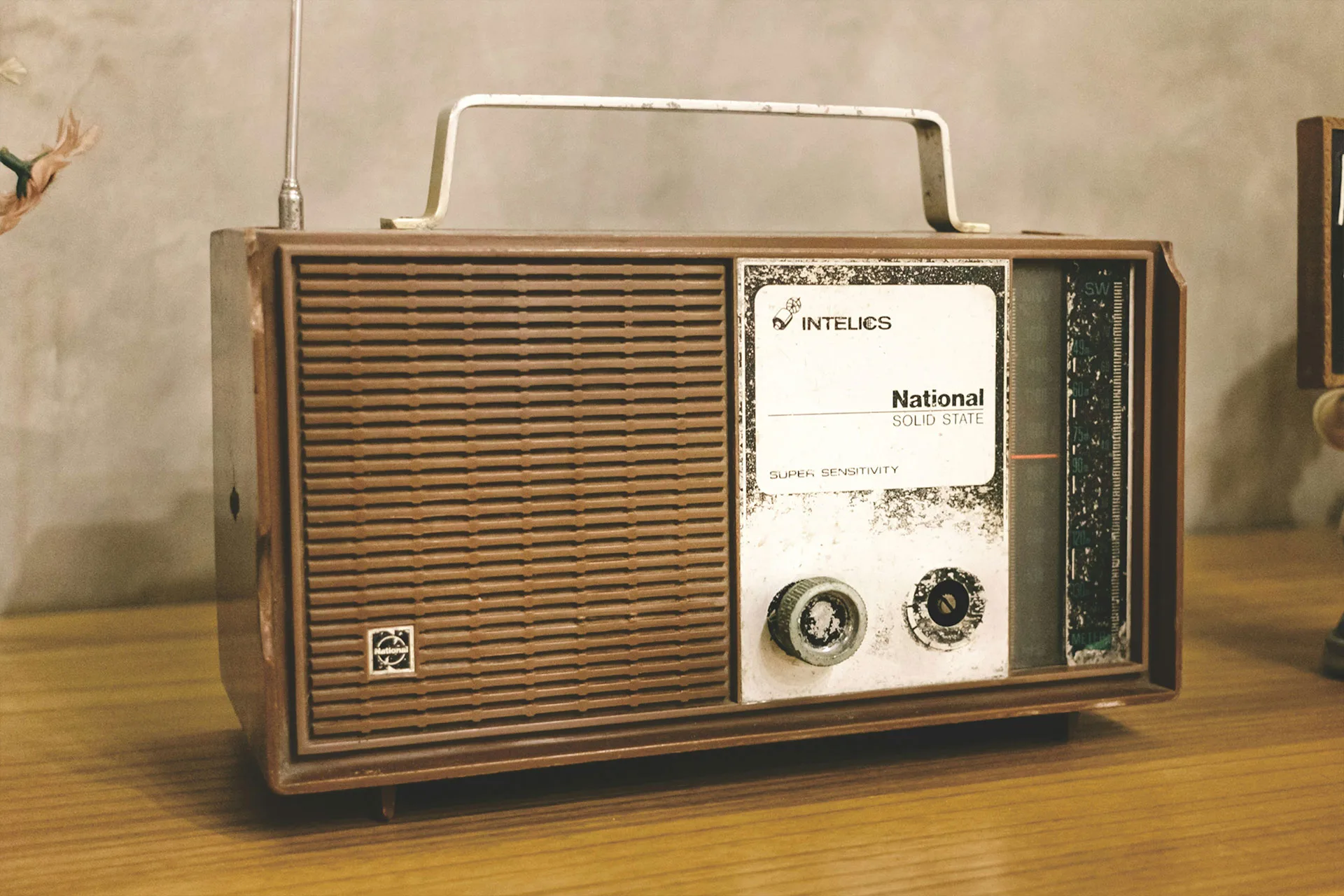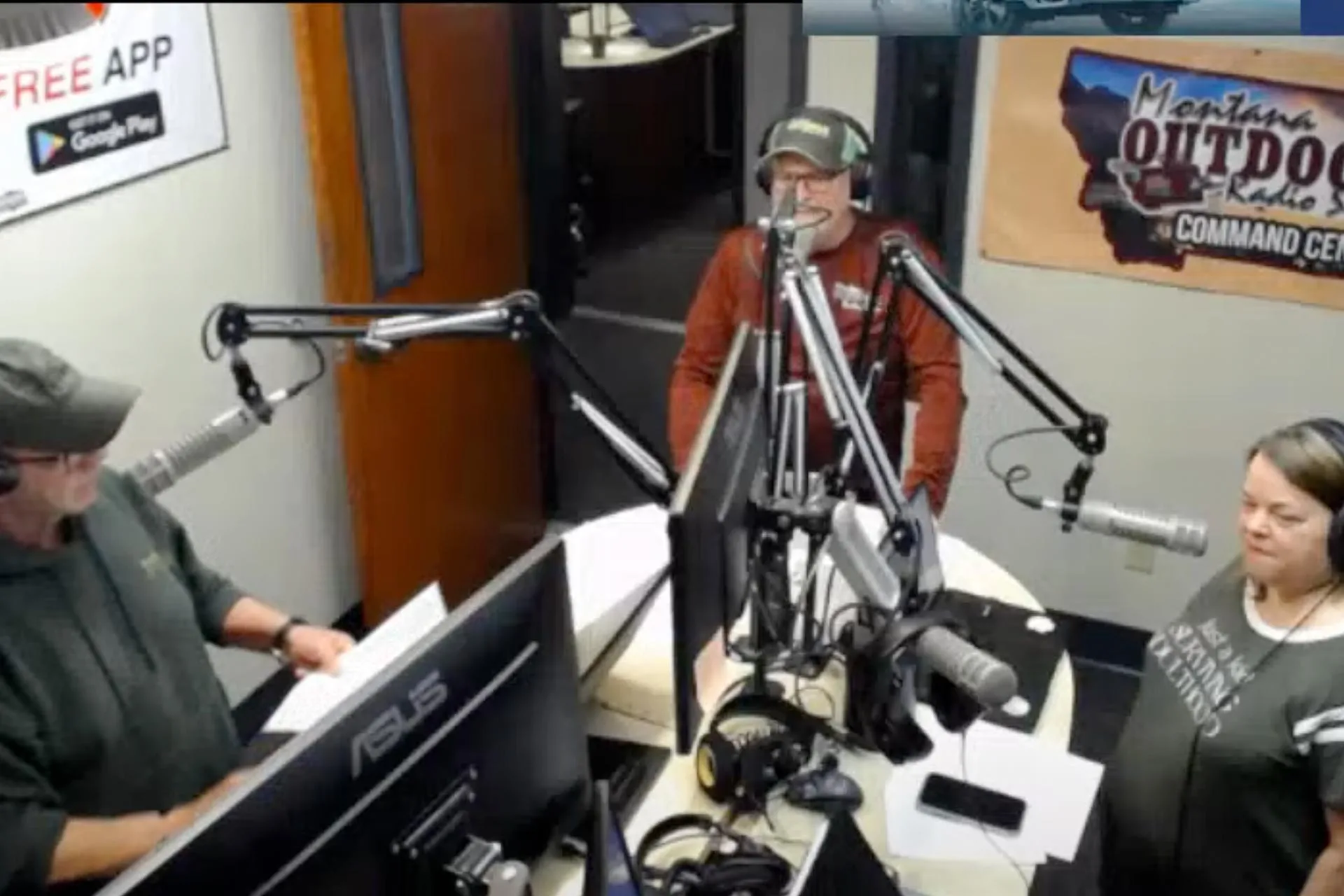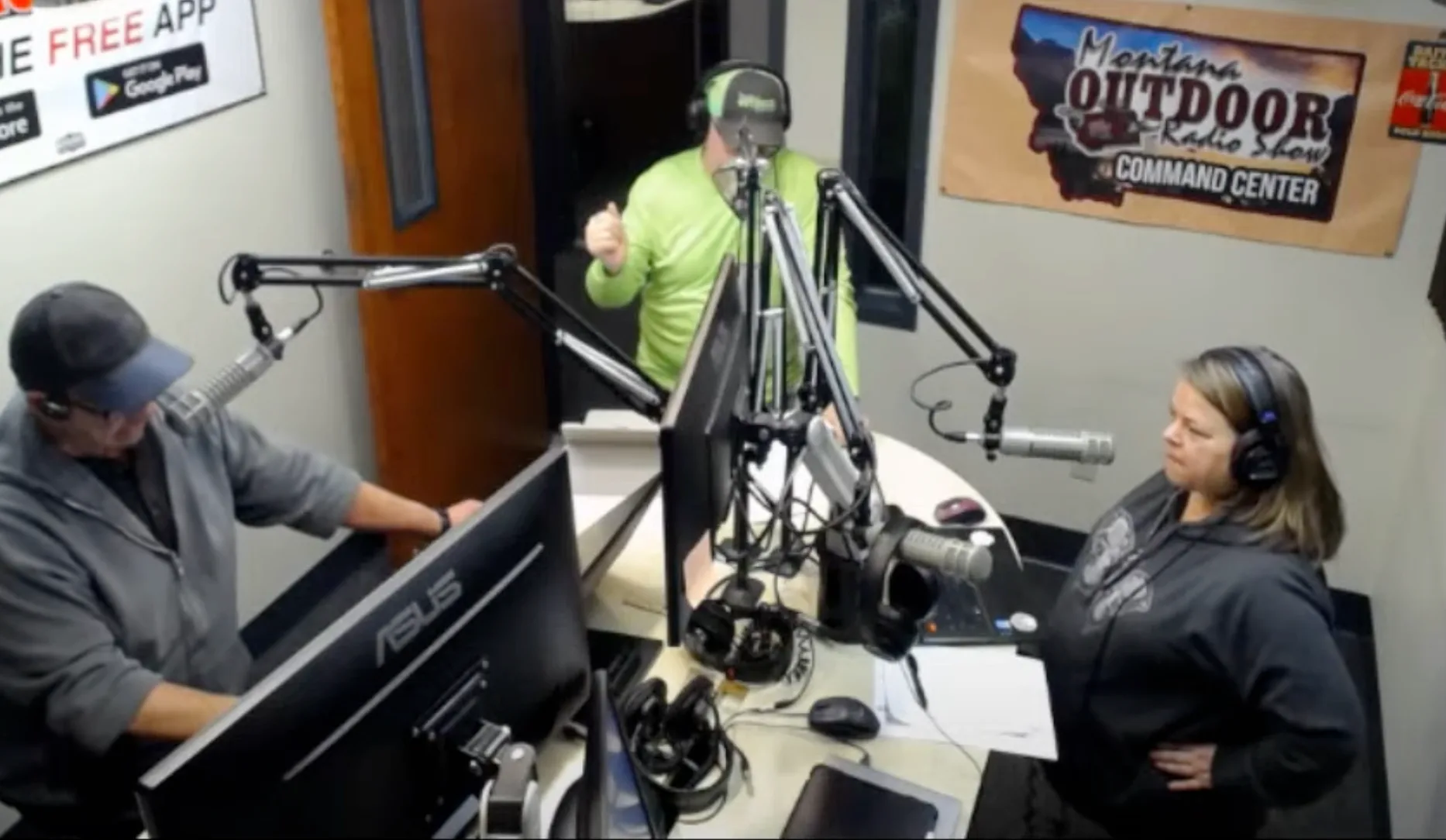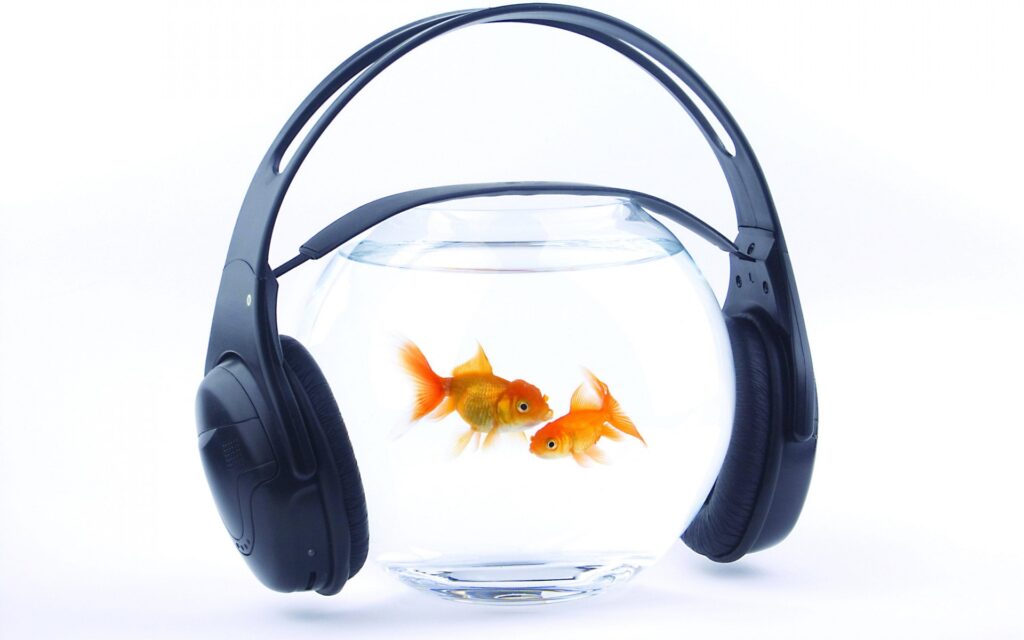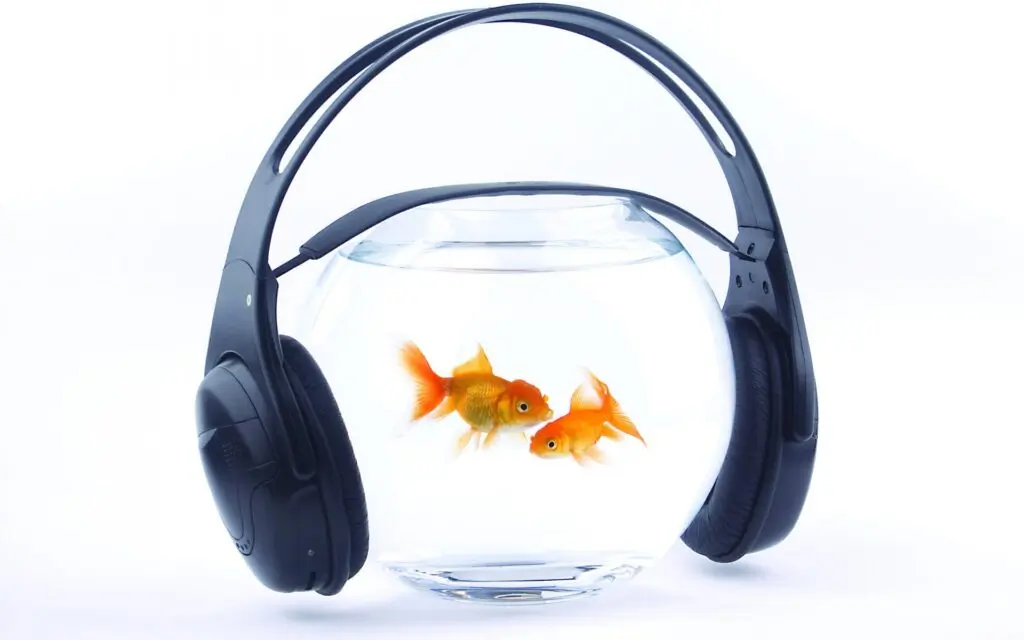Charlie Brooks was a wonderful fly angler, author, Air Force vet, and friend who lived in West Yellowstone. I met him, as a kid, while fishing along the Firehole River. He was catching trout, and I wasn’t. As a rookie angler and young kid, I asked what I needed to do. He patiently took time out of his fishing to teach me some fly fishing lessons.
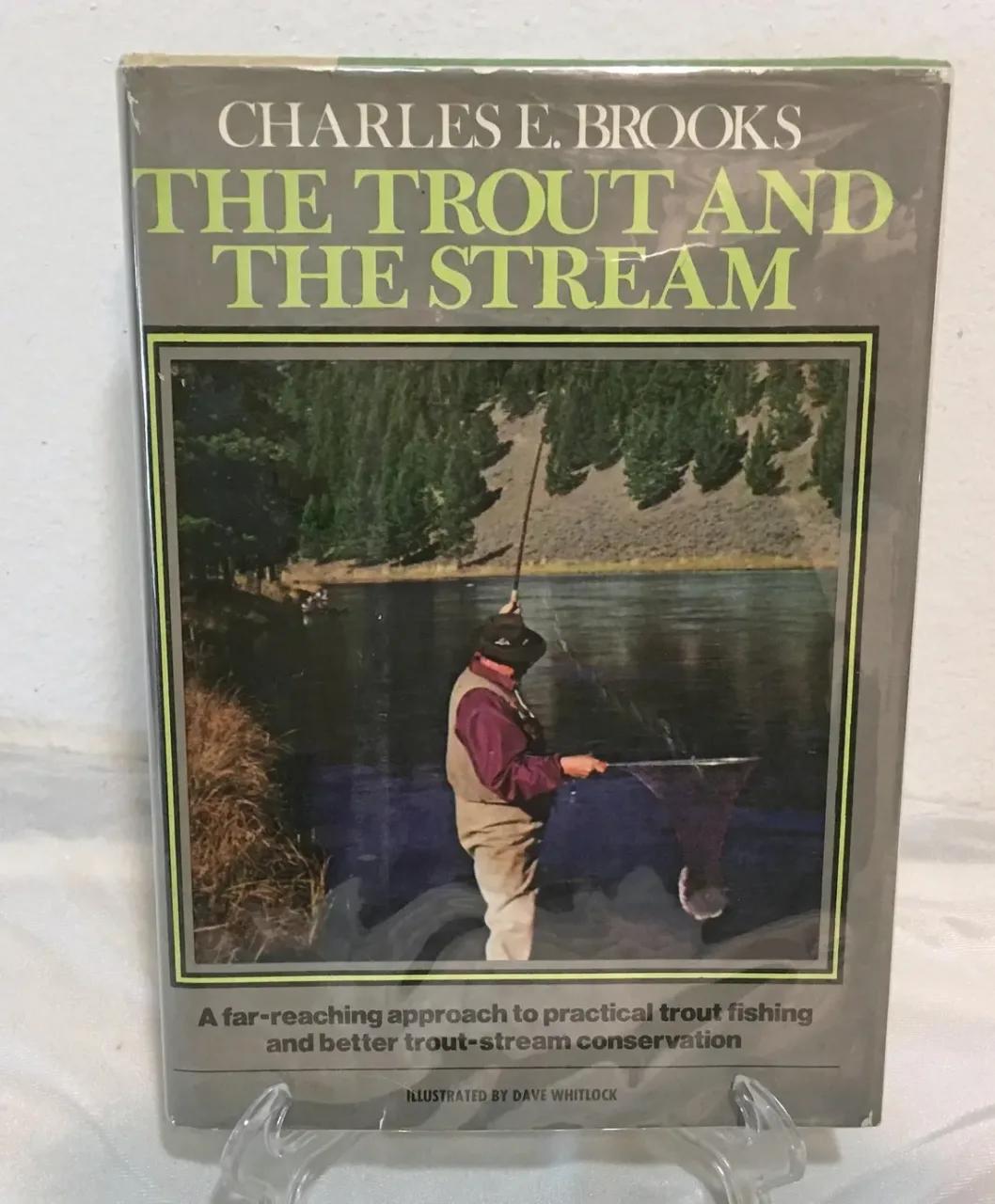
Mr. Brooks told me later that the best part of fly fishing is to teach others how to do it. On another trip, I hired him to show me the waters of Yellowstone Park. I had saved my snow shoveling money to pay him for the day. We travelled the entire park that day. I took detailed notes at every watershed stop. At the end of a long day, he gave me a copy of his book and autographed it for me. Later I found the cash fee between the pages. That is the way the first Fly Guys rolled.
He preached that the best part of Fly Fishing is that “you will never know everything”. Mr. Brooks loved to tackle BIG TROUT! In his book “The Trout and the Stream”, he talks about his ideas, flies, and tactics.
“BIG TROUT feed differently than other trout”. They have big bellies and need big meals. You won’t find them sipping tiny midges. Instead, they feed on Big Bites. One of his stories was about catching a huge Brown on the Firehole River near Nez Perce Creek. The monster trout had an oversized bulge in its gut. He killed the fish, which was legal then, and discovered a muskrat in the Brown trout’s belly.
“Big Fish like Big Baits”. One of his favorite flies was a Floating Streamer. This huge dry fly was 2-4 inches long! He made them from a primary goose feather quill. I have also used turkey quills. Start with a hollow quill that is 2 inches long. You want a quill that is big in diameter.
Using white size A tying thread, he would attach the quill to a 3/0 streamer hook, 3- 4XL. He covered the hook with thread from the eye to the bend, to make a bed for the quill. He then cemented the thread. Now he stoppered the quill opening with a small piece of bullet shaped cork. Once placed on top of the hook, with the tip even with the eye, he took several turns of the thread to hold the quill in place. He added some green marabou plumes on the top of the quill. All were held in place with the thread. At the end of the hook, by the bend, he added a good bunch of marabou to mimic the tail. Next, he whip finished the head and then used black and yellow paint to make spots along the quill’s sides. A few red spots on the belly and an eye finished the minnow off. A coat of lacquer coated and preserved the entire minnow. He did not coat the marabou plumes. “This is the best injured minnow imitation I know.”
All the largest trout that Mr. Brooks had ever caught were on the Floating Streamer. His imitation minnow pattern worked extremely well. “There is no such thing as an exact imitation.” The presentation was the most important thing. A natural drift is critical. Timing of the cast and drift is also important.
He originally developed the Floating Minnow for pickerel fishing. After seeing a huge trout smashing a injured minnow, he found his pattern was a great choice. “This large fly will not net you 50 trout a day. You may only net a few fish, but they will be PIGS!”
Back in the day we used 7 ½ foot fly rods with a floating line. Our old reels had lousy drags. A heavy leader was used and short casts allowed you to work the streamer. The goal was to mimic a struggling, injured minnow, near Big Trout habitat. When done properly, you get explosive strikes that will scare you silly.
Another way to fish this streamer is to use a sinking line. Cast and let the minnow sink, then retrieve in pulls of varying length. At each pull the minnow will dip down and glide forward. Don’t let the minnow dawdle, it must be pulled and slacked. Preserve the illusion during the entire cast and retrieve. Big trout may follow before striking.
Some anglers may think that this unique streamer is not fair and isn’t a fly. With so many more modern trash flies made from rubber bands, mops, and yarns, I do not understand that debate.
On a trip to Shavers Fork Fly Fishing Only area, in West Virginia, I saw a huge splash by a log jam. Trout fishing had been great, but I was targeting the biggest trout. I tied on my Charlie Brooks Streamer and went to work. It took just 2 casts.
After a long and scary battle, I netted a HUGE Brown Trout that was over 8 lbs. A few casts later, under the same log, I netted a 25-inch Palomino Rainbow trout. I hoped that Mr. Brooks was watching from heaven as his young protégé scored big!
Montana Grant

